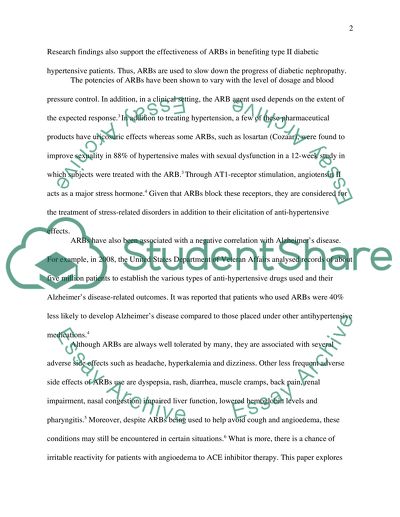Cite this document
(Angiotensin Receptor Blockers Assignment Example | Topics and Well Written Essays - 2750 words, n.d.)
Angiotensin Receptor Blockers Assignment Example | Topics and Well Written Essays - 2750 words. https://studentshare.org/health-sciences-medicine/1485498-angiotensin-receptor-blockers
Angiotensin Receptor Blockers Assignment Example | Topics and Well Written Essays - 2750 words. https://studentshare.org/health-sciences-medicine/1485498-angiotensin-receptor-blockers
(Angiotensin Receptor Blockers Assignment Example | Topics and Well Written Essays - 2750 Words)
Angiotensin Receptor Blockers Assignment Example | Topics and Well Written Essays - 2750 Words. https://studentshare.org/health-sciences-medicine/1485498-angiotensin-receptor-blockers.
Angiotensin Receptor Blockers Assignment Example | Topics and Well Written Essays - 2750 Words. https://studentshare.org/health-sciences-medicine/1485498-angiotensin-receptor-blockers.
“Angiotensin Receptor Blockers Assignment Example | Topics and Well Written Essays - 2750 Words”. https://studentshare.org/health-sciences-medicine/1485498-angiotensin-receptor-blockers.


